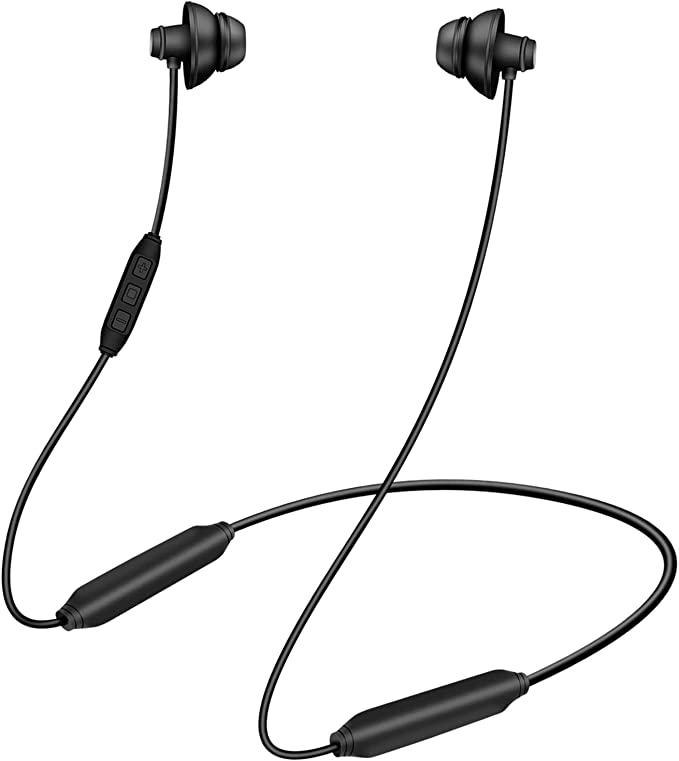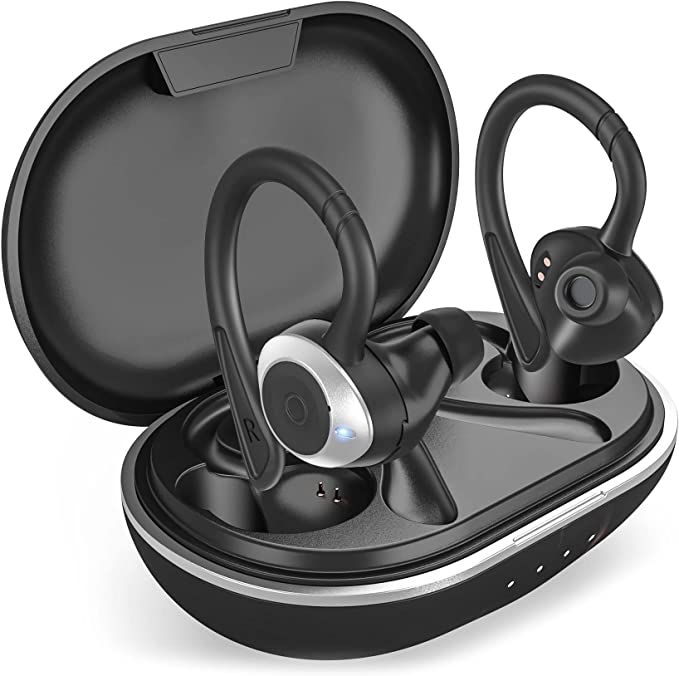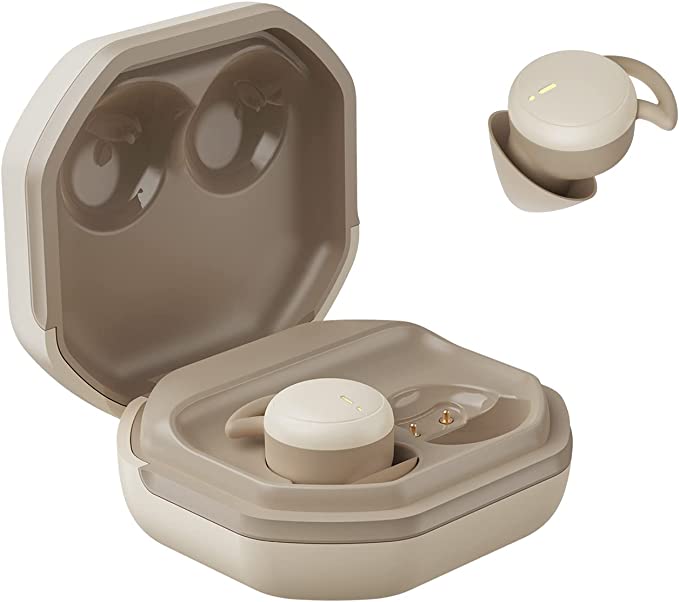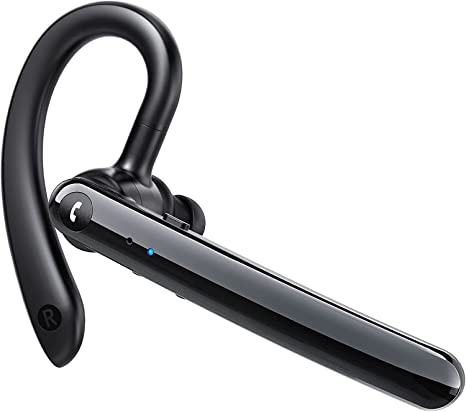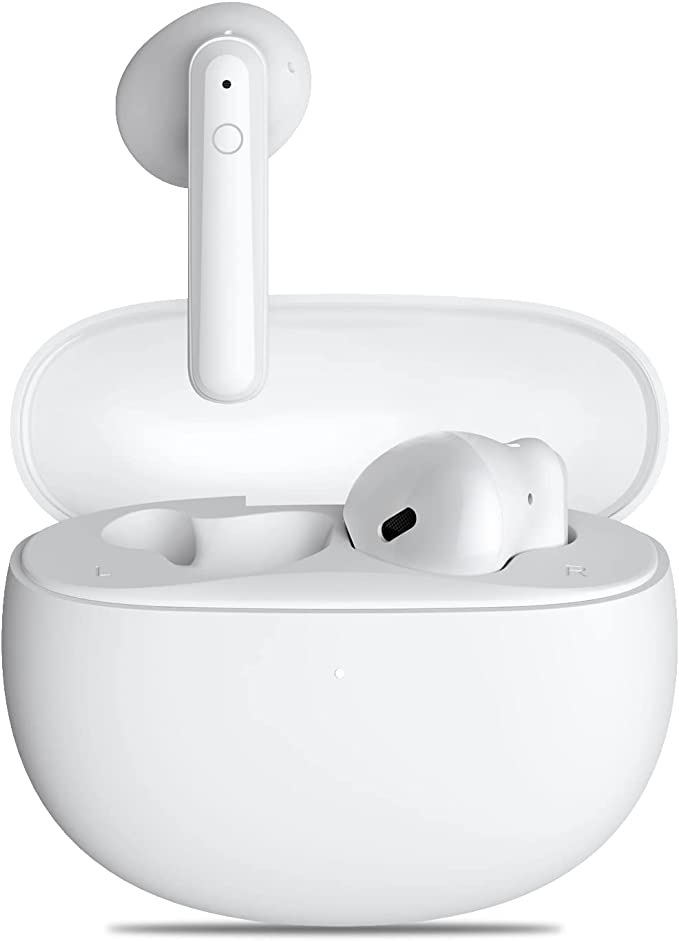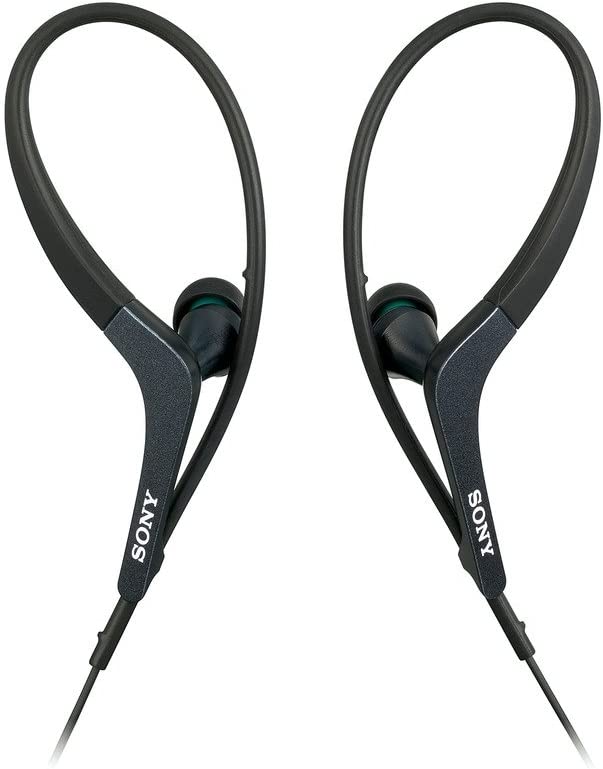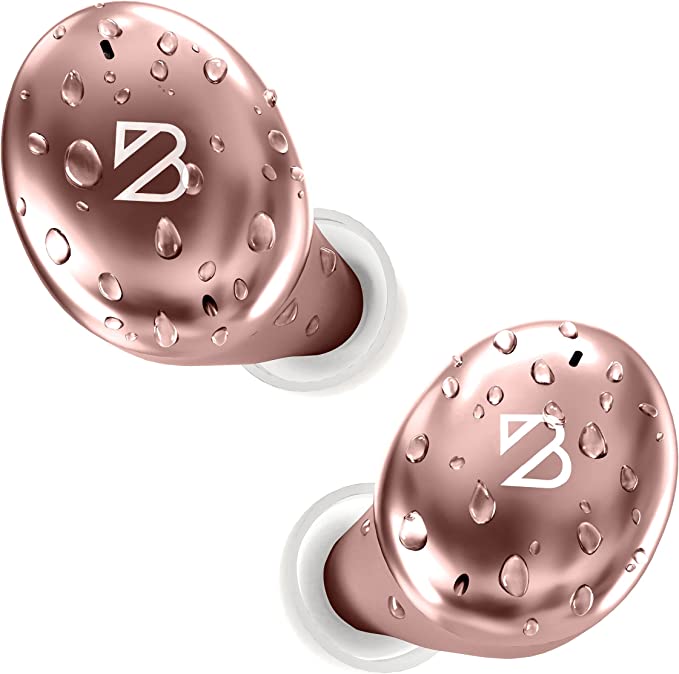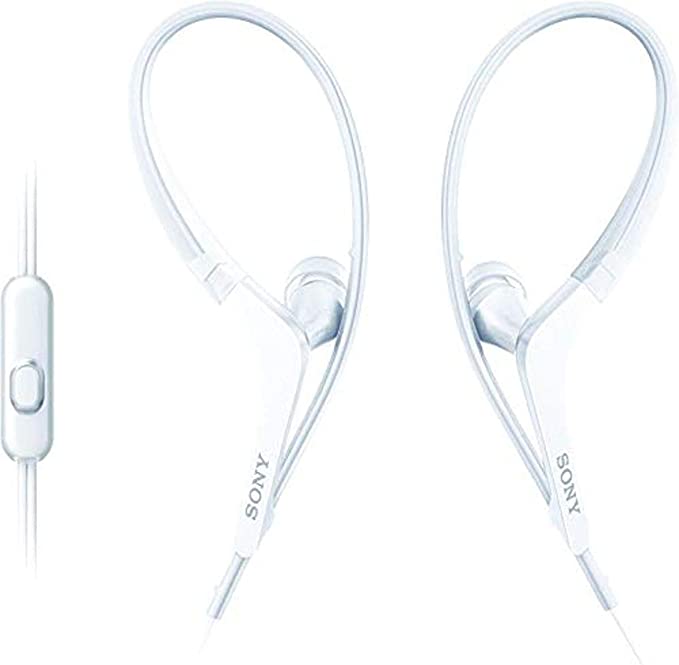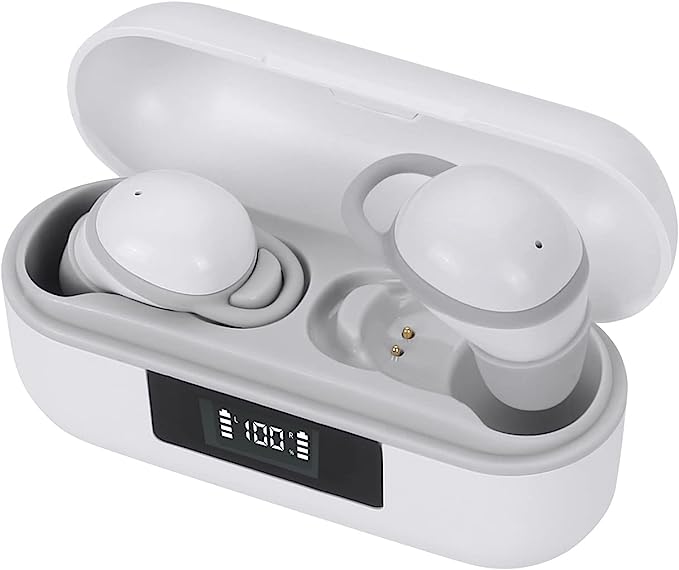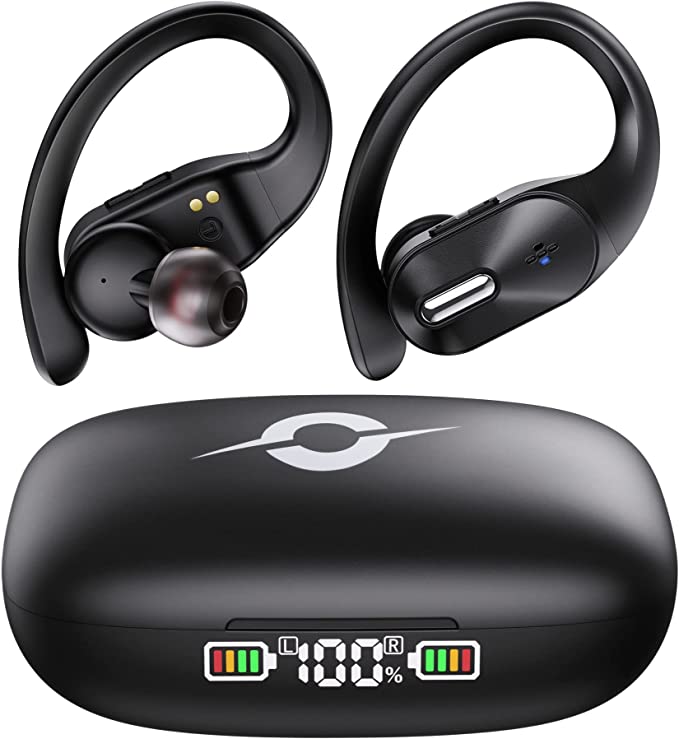Fulext FULH01 Wireless Headphones: Your Ultimate Sleep Companion for Sweet Dreams
Update on Aug. 5, 2025, 7:17 a.m.
We live in a world that never truly goes dark or silent. In this relentless hum of existence, the search for a good night’s sleep has become a modern pilgrimage, a quest for a personal sanctuary. We buy blackout curtains and white noise machines, all in an effort to reclaim a sliver of the primal tranquility our bodies are wired to need. The market is flooded with gadgets promising a quick fix, but genuine innovation isn’t about adding features; it’s about deeply understanding the problem. It’s about recognizing that for many, the battle for rest is fought on a small, intimate battlefield: the space between our head and the pillow. This is where devices like the Fulext FULH01 Wireless Sleep Headband enter the conversation, not as a mere audio accessory, but as a fascinating case study in ergonomics, biology, and the subtle art of environmental control.

For anyone who sleeps on their side, the experience of wearing traditional headphones to bed ranges from uncomfortable to agonizing. This isn’t a design flaw; it’s a law of physics. The pressure exerted on a surface is a function of force divided by area ($P = F/A$). A typical earbud, a small node of hard plastic, concentrates the entire weight of your head onto a tiny patch of sensitive cartilage. The result is a sharp, persistent pain that makes sleep impossible. The solution, therefore, isn’t to make the earbud softer, but to fundamentally rethink the design. The Fulext FULH01’s approach is to embed its ultra-thin, disc-like speakers within a wide, soft headband. This elegant design vastly increases the surface area, distributing the pressure so evenly that it becomes virtually unnoticeable. It’s a solution born of engineering empathy, so effective that, as some users have noted, it remains comfortable even for those with multiple ear piercings—a torture test that standard headphones would spectacularly fail.

But managing physical discomfort is only half the battle. The true challenge lies in taming the ancient, vigilant systems within our own brains. Our biology evolved over millennia when darkness meant safety for sleep, and light signaled the need for alertness. Our pineal gland is, in essence, a tiny light meter, and when our eyes detect light—especially the blue wavelengths common in screens and modern lighting—it halts the production of melatonin, the crucial hormone that signals the body to power down. The FULH01’s wide headband functions as a personal eclipse, creating the profound darkness needed to let our natural sleep chemistry flow unimpeded. It allows us to manually override the light pollution of the modern world.

Once the visual environment is controlled, the auditory landscape comes into focus. Our hearing remains a vigilant sentinel throughout the night, ready to jolt us awake at any sudden, threatening sound—a car backfiring, a door slamming. The genius of using a constant, gentle sound is a principle known as acoustic masking. Imagine trying to have a conversation next to a loud waterfall; the roar of the water doesn’t eliminate other sounds, but it raises the baseline threshold of hearing so that lesser noises become indistinguishable. Similarly, a steady stream of white noise or calming music from the headband creates a sonic cocoon. The jarring slam of a door is no longer an isolated spike in an otherwise silent room; it’s a minor ripple in a consistent river of sound, far less likely to trigger our brain’s alarm system. It’s not about noise cancellation, but about creating a predictable and safe soundscape for the mind to inhabit.

Of course, this carefully constructed sanctuary would be meaningless if its power source gave out mid-slumber. The anxiety of a low-battery warning is itself a potent sleep disruptor. This is where the unseen engine of the device, its Bluetooth 5.2 chipset, becomes critical. To think of it as merely a newer version is to miss the point. Its evolution is akin to that of car engines, from gas-guzzling muscle cars to hyper-efficient modern hybrids. The key innovation in Bluetooth 5.2 is its dramatically reduced energy consumption. It sips power, rather than gulping it, allowing the small, integrated lithium-ion battery to last for a claimed ten hours or more. This isn’t just a number on a spec sheet; it’s the assurance that the device will outlast a full eight-hour sleep cycle, a marathon of endurance that ensures the digital stream flows uninterrupted until morning.

Ultimately, a device like the Fulext FULH01 is compelling not because of any single feature, but because of how its elements synergize to address a fundamental human need. It is a testament to the idea that the most profound technology is often that which disappears, quietly solving a problem without demanding our attention. It uses an understanding of physics to alleviate pain, an application of biology to foster natural sleep, and the principles of acoustics to build a wall of tranquility. In our noisy, brightly-lit world, the ability to create and control a personal sanctuary may be the greatest luxury of all. This isn’t just about listening to music in bed; it’s about reclaiming the quiet darkness from which we all came, and to which we must all return, night after night, to truly rest.
